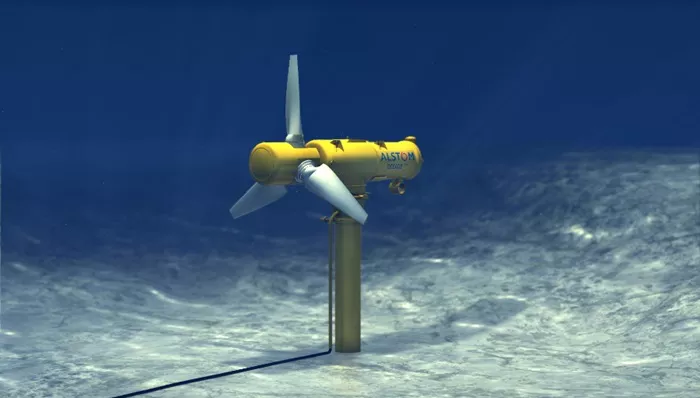The spotlight falls on China’s wind turbine generator (WTG) original equipment manufacturers (OEMs), who are rapidly emerging as key players in the global renewable energy landscape. As these Chinese OEMs secure their place on the international stage, the insurance industry must adapt to the evolving market dynamics.
China has long been acknowledged as a manufacturing giant, but its role in the renewable energy sector is undergoing a significant transformation. Chinese wind turbine OEMs, once seen as secondary to their Western counterparts, are now leading the charge in global market share. A standout in this shift is Goldwind, which in 2022, claimed the top spot globally by adding 12.5 GW of new capacity. This milestone not only highlights Goldwind’s innovation and commitment to quality but also reflects the benefits of a favorable regulatory environment and government incentives.
Goldwind’s rise to prominence marks a pivotal moment for Chinese OEMs. However, this integration into the global market presents new challenges, particularly for the insurance sector. For years, non-Chinese manufacturers have dominated the global market, and insurers have grown accustomed to assessing their performance. Now, with Chinese OEMs in the mix, insurers face the task of understanding how these newcomers measure up in terms of quality, reliability, and risk.
To navigate this changing landscape, the insurance industry must refine its approach to evaluating Chinese manufacturers. This includes gaining insights into their quality assurance processes, examining their domestic performance records, and understanding their supply chain and spare parts availability. These steps are crucial for fostering competition and ensuring that Chinese OEMs are fairly assessed on the global stage.
Shifting Perceptions
In the early 2000s, China’s push for rapid domestic wind power deployment was driven by a focus on installed capacity, often at the expense of quality and efficiency. This approach led to a perception that Chinese wind turbines were lower in quality and more prone to defects compared to their European and U.S. counterparts.
However, this perception began to shift around 2010 when China introduced a tariff-based scheme that emphasized accountability, performance, and profitability over sheer capacity. Forward-thinking Chinese OEMs, like Goldwind and Ming Yang, seized this opportunity to elevate their standards and align with these new priorities.
Despite this progress, Chinese OEMs still face hurdles in gaining the full confidence of international markets. While many Chinese-backed projects have secured insurance coverage in international markets, insurers remain cautious, remembering quality issues with earlier models. Yet, it is widely acknowledged that these challenges were not unique to Chinese manufacturers—European counterparts also grappled with similar issues.
Goldwind, in particular, has made significant strides in improving its global business model and technological capabilities. These advancements have led to greater acceptance by international developers and operators, and subsequently, within global insurance markets. As Chinese OEMs continue to evolve and prove their worth on the world stage, the renewable energy sector, along with its insurers, will need to adapt and recalibrate their strategies accordingly.
Related topics:
- TOP 3 Home Generator Under $100
- 5 Best Home Generator Under $500
- Goal Zero Yeti 1000X: A Comprehensive Review

